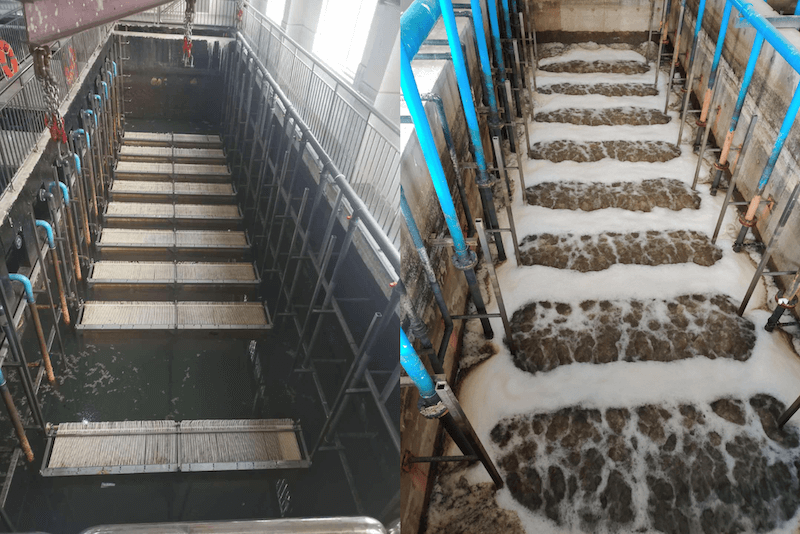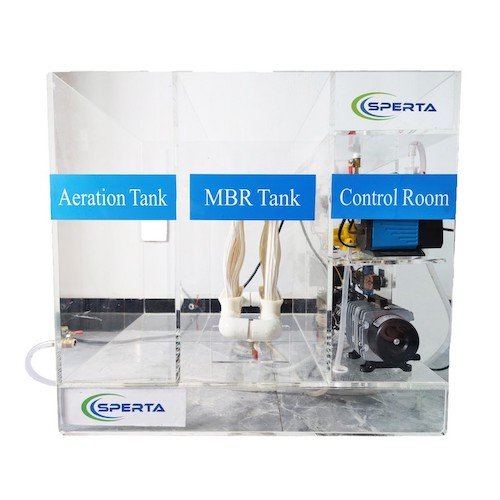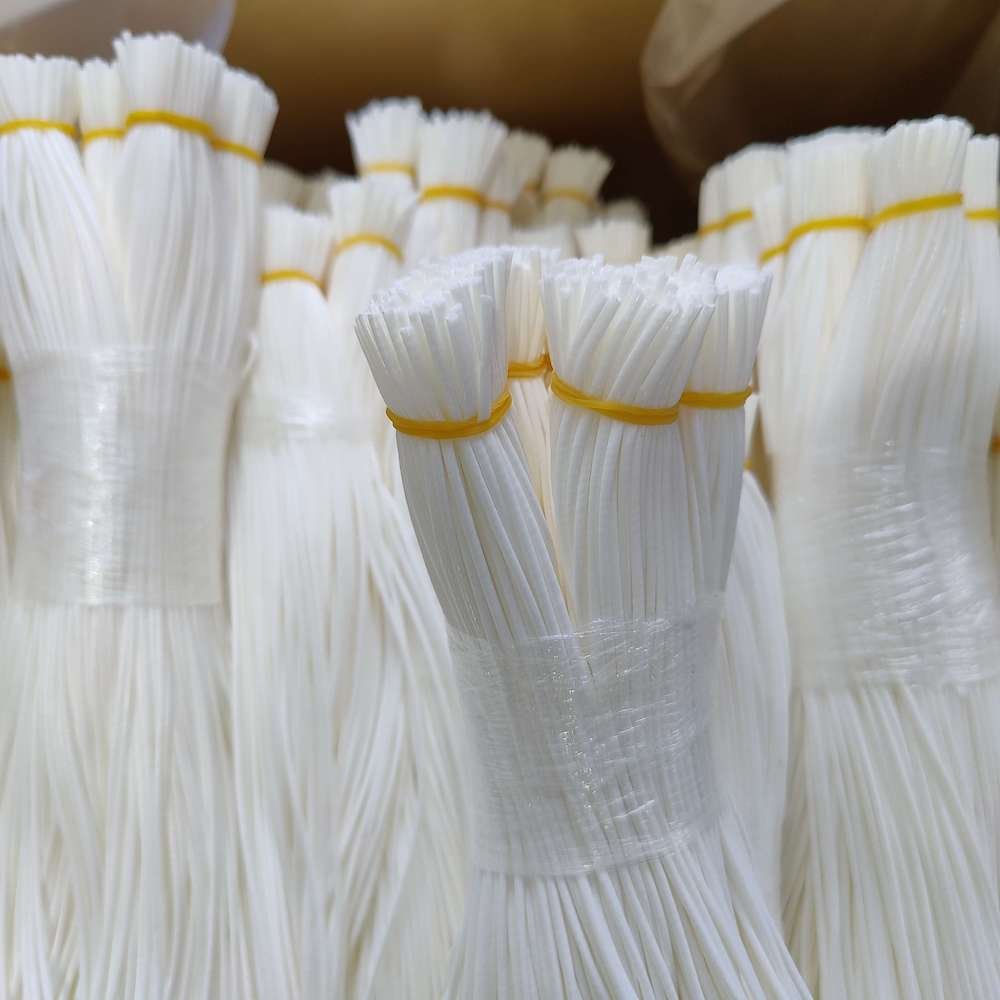Last Updated on July 27, 2022 by Kevin Chen
Washing wastewater is generated from bedding, work clothes, medical linen, and functional surgical linen and contains a small amount of domestic sewage. It mainly includes pre-washing sewage, main washing sewage, and drying sewage.
It has the following characteristics: the washing sewage contains surfactants, carboxymethyl vitamins, oil stains, dust particles, and various microorganisms. It has a turbid appearance containing many short fibers, bacteria, viruses, and other potentially infectious bacteria.
Case 1: Laundry Wastewater Treatment
The project mainly deals with the laundry wastewater generated by cleaning the plant’s bedding, work clothes, and functional surgical linen.
Characteristics of sewage treated in this project: the wastewater mainly contains detergents. The effective components of detergents are surfactants, detergents, bleach, and other auxiliary components. Washing wastewater contains a large number of short fibers, and aeration will produce a large number of bubbles. The average value of CODCr is low, but the CODcr value of main washing wastewater is high; the wastewater is turbid, and the color changes with the depth of the washing product; Different from ordinary laundry wastewater, the project mainly serves medical institutions. The wastewater contains infectious bacteria such as bacteria and viruses.

MBR Project Overview
| Location | Shanghai city, China |
| Type of Wastewater | Medical laundry wastewater |
| Flow | 600 m³/d |
| Commissioned | Since Sept. 2018 ( SPERTA MBR Membrane) |
MBR Process Flow Chart

Influent Condition and Effluent Quality
| Index | Influent Condition | Designed Effluent | Actual Effluent |
| CODCr(mg/L) | ≤400 | ≤50 | 37 |
| BOD5(mg/L) | ≤120 | ≤25 | 17 |
| SS(mg/L) | ≤250 | ≤10 | 2.5 |
| Chroma (degrees) | ≤200 | ≤20 | 10 |
| pH | 6~9 | 6~9 | 7~9 |
| Turbidity(NTU) | ≤30 | ≤5 | 0.6 |
| Escherichia Coli (PCs. / L) | —- | 1500 | —- |
Case 2: Laundry Wastewater Treatment
The project mainly deals with the washing sewage of quilt covers, bed sheets, pillowcases, headrest pieces, and other personal items on all high-speed trains, bullet trains, and ordinary speed trains from Wuhan Railway Bureau and Wuhan three railway stations.
The sewage characteristics of this project are: the wastewater contains a lot of short fibers, a large number of laundry powder foam, the CODCr value is higher, the wastewater is turbid, and sometimes it has a very deep color. The wastewater is large and has a small amount of foam, which contains less suspended matter and a smaller CODCr value. The amount of waste water drained is small, and the water quality is slightly better than that of cleaning wastewater.
MBR Project Overview
| Location | Wuhan City, Hubei Province, China |
| Type of Wastewater | Laundry wastewater |
| Flow | 600 m³/d |
| Commissioned | Since Nov. 2021 ( SPERTA MBR Membrane) |
MBR Process Flow Chart

Influent Condition and Effluent Quality
| Index | Influent Condition | Designed Effluent | Actual Effluent |
| CODCr(mg/L) | ≤209 | ≤50 | 16 |
| BOD5(mg/L) | ≤93.5 | ≤25 | 5.4 |
| SS(mg/L) | ≤40 | ≤10 | 1.3 |
| Chroma (degrees) | ≤9 | ≤20 | 3 |
| pH | 6~9 | 6~9 | 7~8 |
| Turbidity(NTU) | ≤16 | ≤5 | 0.8 |
| Escherichia Coli (PCs. / L) | —- | 1500 | —- |












